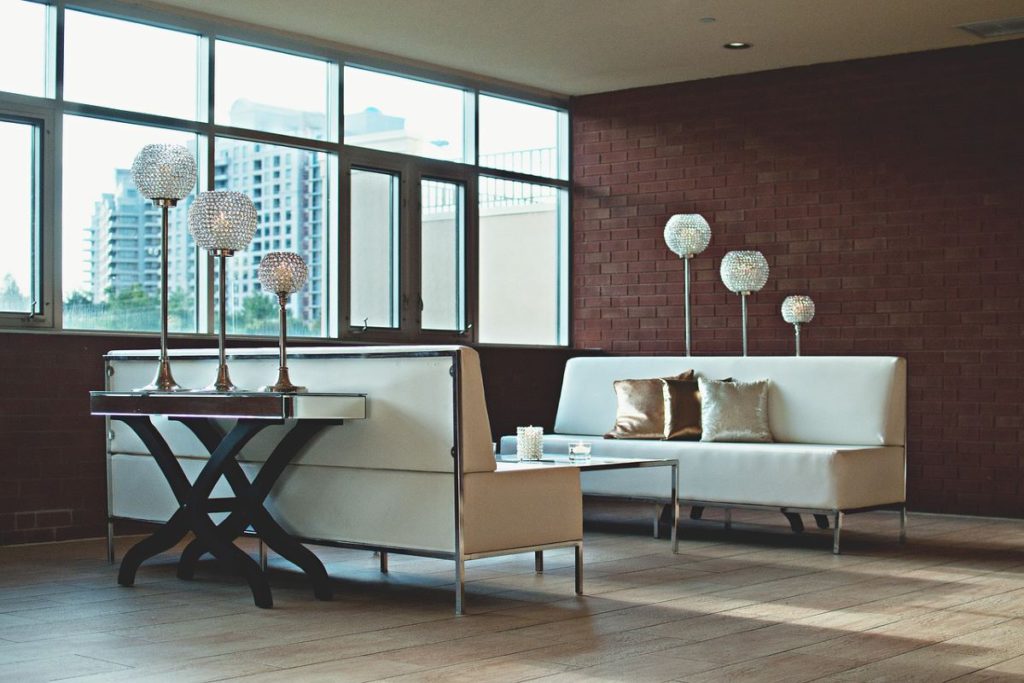Why reliability?
It seems that we’re always looking for ways to save time, money and hassle – but do we ever stop to consider the effect our choices might have on future generations?
In recent years, there has been a focus on reducing waste and the amount of resources used in building projects.
Many companies now offer ‘green’ options for their customers. However, one area in which no attention appears to have been given is the reliability of the construction process itself.
If you’re contemplating a self-build project, looking to employ tradies or just deciding to have a go yourself, it’s worth thinking some of these points through and bearing them in mind.
What do we mean by this?

Let’s take, for example, trying to find the best product for deck protection. We have a range of options available to us, from oil-based products to more modern water-based solutions.
Traditionalists would argue that these oil-based products last longer and are more weatherproof and durable.
This comes at a cost, though. The environmental effects of production, packaging and applying, say, timber oil, may well be higher than less polluting and easier-to-handle products.
Water-based varnish or stain needs no turpentine or acetone solution to clean brushes and rollers and no disposal problems with the fluids and other materials used to clean up.
Time Saver
There are two main reasons building projects take longer than expected:
• Lack of planning – There is never enough time to get everything done properly. This can be alleviated by using the right equipment for the job in hand.
For instance, using slab cranes instead of teams of labourers to physically lift piles of bricks or breeze blocks across a site will save both time and money.
It will prevent injuries and health and safety issues and enable transportation to be done in bulk.
This is helpful when moving cranes South Australia way, or other territories, with the distances involved and the price of fuel.
• Poor communication between all parties involved – is a biggie. Finding out that your tradies are turning up a week later than expected because nobody let you know a previous job had overrun can wreck your entire schedule of work.
Everyone knows projects could run over budget and deadlines, but oddly, nobody seems to take responsibility for making sure things run smoothly.
Money Saver
Building projects cost far more than originally estimated. For example, the average Aussie house costs $1,300 to $3,900 per square metre, depending on the labour costs, the level of finish, and the quality of the materials.
That means that even if you manage to complete your project under budget, you’ll still end up spending thousands of dollars.
It’s always a balance between knowing that a timber ceiling will last 20 years instead of ten, but weighing up the cost now – and what it will cost to replace ten years earlier.
Always remember that using a long-lasting, more reliable solution may well work out cheaper in the long run.
Hassle Saver
When something goes wrong during a building project, everyone gets annoyed. When you add in the frustration caused by poor communication, then you’ve got a recipe for disaster!
Architectural cladding is a case in point. There are so many variables – fire standards, materials composition, and insulation parameters when deciding what to use and where to make sure your lines of communication are fluid and accurate is essential.
Finding you have the wrong materials and having to hold up an entire project until the suppliers can rectify the problem is another consideration when it comes to reliability.
Resource Saver
A building project uses a lot of materials. From bricks to timber, concrete to paint, there are endless materials required for any project.
Many of these materials need to be sourced locally, meaning that they may not be available elsewhere.
This is where reliable suppliers come in.
As we know from the pandemic, there’s nothing worse than someone promising delivery and not being able to supply in time – or even at all.
What do you do – hang on until the items eventually arrive – or cancel, order somewhere else – and maybe face the same delays all over again?
It’s worth doing some homework on the source of your materials and the likely hold-ups and logistical bottlenecks that might occur.
If the items aren’t crucial, you should be okay. If it is something which will hold you, your team, and the project up, it’s worth looking at alternatives.
Future Proofing
We build most homes using brick, mortar and wood. These materials will not last forever, especially in extreme heat, cold or dampness.
To ensure that your new home is future-proofed, try to use sustainable building materials of the best quality you can afford.
Consider using cement instead of mortar, steel beams instead of wooden joists and permeable pavers to let water seep into the ground, which protects your home from water destruction. By doing these steps, you can make your home significantly more durable.
In the long run, this obviously means fewer repairs and less expense – not to mention a reduced carbon footprint and less use of resources.
Using an architect who knows material procurement well will save you more than their fee over the years.
Better for Next Generations
By investing in green, sustainable products, you’re helping to reduce the impact that your project will have on the environment.
You’re also ensuring that future generations have access to the same products as we do.
It’s much better to invest in sustainable building practices now than to spend thousands of dollars later when you find out that those materials were causing financial and environmental damage.
A new twist is the advance of technology in construction.
IoT, or the Internet of Things, is a way of making properties “smart” by controlling heat, cooling, water, electricity and gas accurately.
This makes budgeting and usage more reliable than just using resources and waiting for the bills to come in.
It is now possible to predict the likely usage of utilities and plan a more sustainable footprint in most dwellings.
And – as we know – the whole world could do with more reliability right now.
